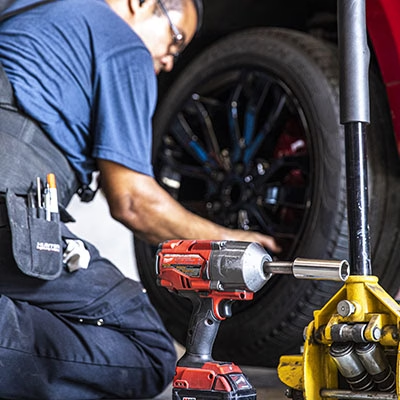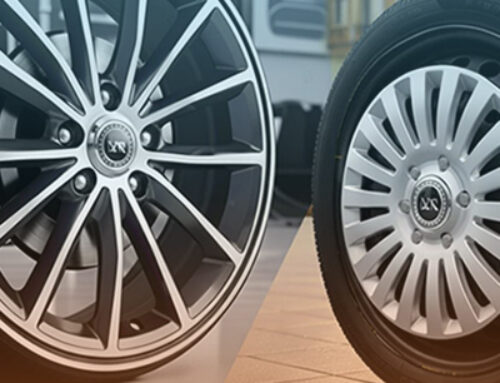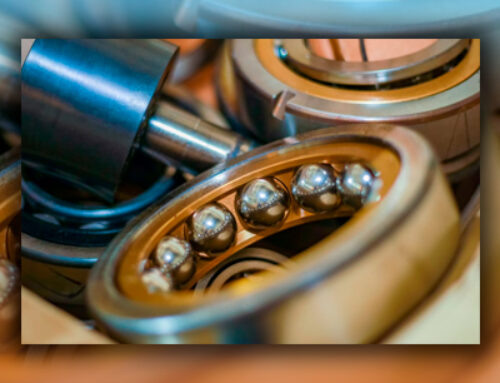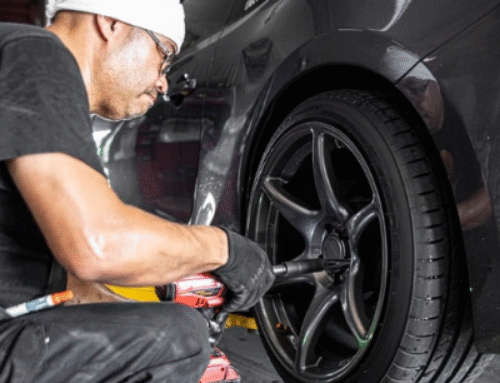How Do You Inspect Wheels?
The Importance of Regular Wheel Inspection
Wheels are a critical component of your vehicle’s safety and performance. A damaged or improperly maintained wheel can lead to handling issues, reduced fuel efficiency, and even accidents. Regular wheel inspections help detect potential problems early, preventing costly repairs and ensuring a smooth and safe ride.
This guide will walk you through the step-by-step process of How Do You Inspect Wheels, identifying potential damage, and understanding when professional intervention is necessary.
Step-by-Step Guide: How Do You Inspect Wheels?
1. Visual Inspection
A simple but effective way to check your wheels is through a visual inspection. Look for:
1.1. Surface Damage
- Scratches & Curb Rash: Minor scratches or scuffs from hitting curbs are common. While they may be cosmetic, excessive curb rash can weaken the wheel’s integrity.
- Dents & Cracks: Small cracks or dents can compromise wheel strength, leading to potential failures.
- Peeling or Bubbling Paint: This can be an early sign of corrosion, especially in areas exposed to road salt or moisture.
1.2. Wheel Edge and Rim Condition
- Inspect the outer edge of the rim for signs of bending or deformation.
- If the rim edge appears out of round, it may cause vibrations while driving.
1.3. Lug Nuts and Bolt Tightness
- Loose or missing lug nuts can lead to dangerous wheel detachment.
- Check for rust or wear around lug nut holes, as this may indicate structural weakening.
2. Surface Integrity Check
2.1. Signs of Corrosion and Rust
- Corrosion can eat away at the metal, reducing the wheel’s strength.
- Look for discoloration, flaking, or bubbling paint, which may indicate early-stage corrosion.
2.2. Debris & Foreign Objects
- Sometimes, small stones or debris can get lodged in the wheel, causing an imbalance.
- Clean the wheel thoroughly to remove trapped dirt and road grime.
3. Structural Inspection
3.1. Checking Wheel Spokes
- Some wheels have spokes that contribute to their strength. Inspect these for bends or cracks.
- Any compromised spokes can reduce the wheel’s load-bearing capacity.
3.2. Bead Seat Condition
- The bead seat is the area where the tire meets the wheel.
- Damaged bead seats can cause air leaks and affect tire stability.
4. Functional Inspection: How to Detect Performance Issues
4.1. Driving Symptoms of Wheel Issues
- Vibration or Shaking: If your steering wheel or seat vibrates while driving, it may indicate an unbalanced or bent wheel.
- Pulling to One Side: A bent wheel can cause the vehicle to drift or pull while driving.
- Strange Noises: Clicking or clunking sounds could suggest a loose or damaged wheel.
4.2. Tire Pressure Irregularities
- If you frequently experience loss of tire pressure, a wheel issue might be the culprit.
- Check for small cracks or bead damage that could lead to slow leaks.
5. Tools You Need for a Proper Wheel Inspection
- Flashlight – Helps in spotting cracks or hidden damage.
- Pressure Gauge – Ensures the tire is holding air properly.
- Torque Wrench – Ensures lug nuts are properly tightened.
- Straight Edge or Ruler – Helps check for uneven wear or deformations.
6. When to Seek Professional Help
Certain issues require professional assessment and repair:
- Large cracks or bends: If you notice major deformations, a wheel replacement may be necessary.
- Persistent vibration after balancing: If balancing does not resolve shaking issues, the wheel may be structurally damaged.
- Advanced corrosion: Severe rust can weaken the wheel beyond repair.
7. Frequently Asked Questions
✅ How often should I inspect my wheels?
➡️ At least once a month, and before long trips.
✅ Can I drive with a cracked wheel?
➡️ No, driving with a cracked wheel is dangerous and could lead to wheel failure.
✅ How can I prevent wheel damage?
➡️ Avoid potholes, check tire pressure regularly, and clean your wheels to prevent corrosion.
✅ What should I do if I find minor damage on my wheel?
➡️ Small scratches or curb rash can often be repaired with DIY kits, but structural damage should be assessed by a professional.
✅ Do I need to rebalance my wheels every time I inspect them?
➡️ Not necessarily, but if you notice vibrations while driving, a balance check is recommended.
Keep Your Wheels in Top Shape
Regular wheel inspections are essential for vehicle safety and performance. By following these steps, you can detect problems early and take preventive action. If you suspect any serious issues, seek professional assistance to ensure your wheels remain safe and roadworthy.
Expert Wheel Evaluation & Restoration – Contact Wheels Doctor Today!
At Wheels Doctor, our specialists are ready to evaluate your wheels and provide the best solutions for any issue. Whether it’s a minor scratch or severe structural damage, we ensure a precise assessment to determine the right repair or restoration approach. Don’t wait until minor damage becomes a bigger problem—let our experts evaluate your wheels today! 🚗🔧
Get in Touch with Us!
📍 Visit Us: 16800 SW 96 Ct, Miami, FL 33157
📧 Email: info@wheelsdoctor.com
📞 Phone: (305) 490-2028 | (305) 964-7909.
Stay Connected!
📲 Instagram: wheelsdoctor
👍 Facebook: Wheels Doctor
🌍 Website: Wheels Doctor
📍 Google My Business: Wheels Doctor
⭐ Yelp: Wheels Doctor Miami
▶️ YouTube: Wheels Doctor Miami
Damaged Wheels? Here’s What to Do!
Wheel damage can happen anytime, but don’t worry—we’ve got you covered! Check out our Virtual Emergency Kit for a step-by-step guide on handling wheel damage.
👉 Learn more: Virtual Emergency Kit: What to Do If You Damage Your Wheels






